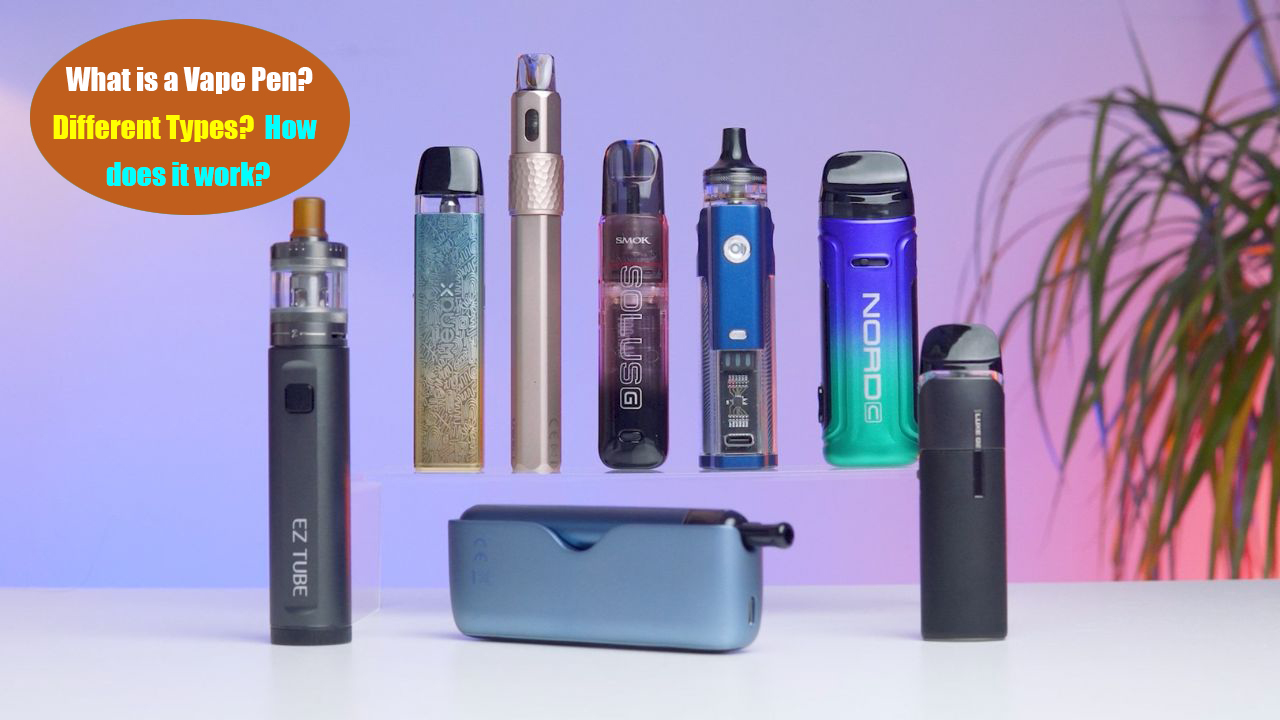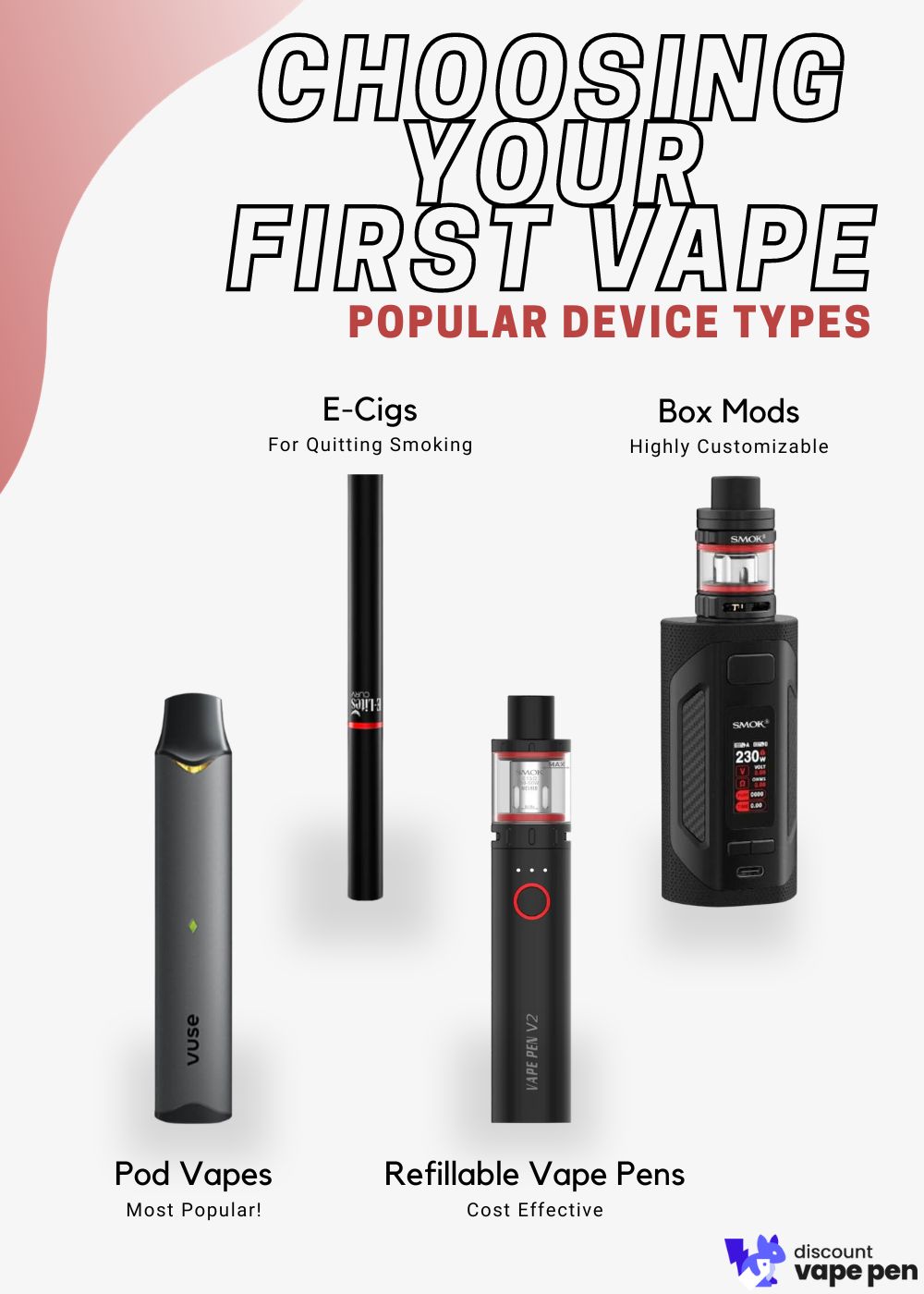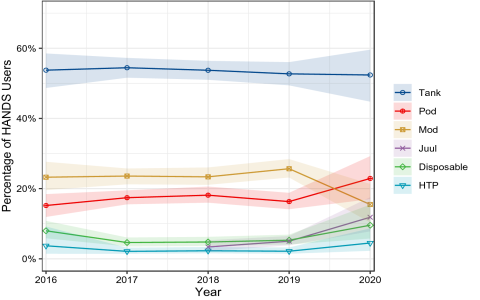Pen-style electronic cigarettes, commonly known as vape pens, are a popular category of vaping devices characterized by their slender, cylindrical shape, resembling a traditional pen. They offer a balance of portability, ease of use, and performance, catering to both beginners and experienced vapers. Understanding the different types is key to selecting a suitable device.
Disposable Vape Pens
Disposable vape pens are all-in-one units that come pre-filled with e-liquid and pre-charged. They are designed for single use; once the e-liquid is depleted or the battery dies, the entire device is discarded.

Key Characteristics:
- Simplicity: Often draw-activated with no buttons, requiring no refilling or charging.
- Convenience: Ready to use immediately out of the package.
- Portability: Typically very compact and lightweight, making them highly discreet.
Pros: Excellent for beginners testing vaping, maximum convenience for travel or occasional use, no maintenance required.
Cons: Less cost-effective for regular users, generates more environmental waste, limited flavor and nicotine strength options within a single device.
Reusable Vape Pens
Reusable vape pens are designed for long-term use, featuring rechargeable batteries and systems for replenishing e-liquid. They generally offer more customization and can be more economical over time compared to disposables.
1. Cartridge-Based Vape Pens (Pod Systems)
These devices utilize “pods,” which are small cartridges that contain the e-liquid and usually the heating coil (atomizer). Pod systems are renowned for their simplicity and compact design, often seen as a step up from disposables.
Key Characteristics:
- Ease of Use: Pods are typically magnetic or click-in, making replacement straightforward.
- Pod Types:
- Pre-filled Pods: Contain e-liquid from the manufacturer and are discarded after use. They offer convenience similar to disposables but with a reusable battery.
- Refillable Pods: Allow users to fill them with their choice of e-liquid multiple times before the pod (or its coil) needs replacement. This offers greater flavor variety and cost savings.
- Activation: Can be draw-activated (inhale to vape) or button-activated.
Pros: Very user-friendly, compact and portable, often optimized for nicotine salt e-liquids, generally less messy than tank systems.
Cons: Smaller e-liquid capacity than tank systems, pre-filled pods can be restrictive in flavor choice and more expensive per ml of e-liquid, refillable pod coil life varies.

2. Tank-Based Vape Pens (with Clearomizers/Tanks)
These vape pens incorporate a refillable tank (often called a clearomizer) to hold e-liquid and utilize a replaceable atomizer coil. They typically offer more user control and vapor production than basic pod systems or disposables.
Key Characteristics:
- Refillable Tank: Users can manually fill the tank with a wide variety of e-liquids. Tank capacities are generally larger.
- Replaceable Coils: The heating coil is a separate, replaceable component. When vapor quality or flavor diminishes, only the coil needs to be changed, not the entire tank.
- Adjustable Features: Many models include adjustable airflow control, and some offer variable voltage or wattage settings for a more customized vaping experience.
- Battery: Usually feature larger capacity, rechargeable batteries, and are most commonly button-activated.
Pros: Greater e-liquid capacity, broad compatibility with different e-liquids (including varying VG/PG ratios), potentially superior vapor production and flavor intensity, more cost-effective in the long run due to replacing only coils, more customization options.
Cons: Requires more maintenance (regular refilling, coil replacement, occasional cleaning), can be slightly larger and more complex than pod systems or disposables, potential for leaks if not handled correctly.
Selecting the appropriate vape pen type hinges on individual priorities such as convenience, upfront versus long-term cost, desired level of maintenance, and the specific vaping experience sought. Each category presents unique benefits tailored to different user needs and preferences.










